 It’s been seven months since we left our home in Berlin in an attempt to grow roots in Istanbul. A few days ago we arrived back in Berlin. It’s our first time home since February. I was looking forward to these upcoming three weeks. Looking forward to all the breakfasts, lunches and dinners with friends and loved ones, to happy bike rides in the city and enjoying morning runs in the park close by. Other than that, I must confess, there is not much I missed about Berlin. Who would, considering the numerous hours of sunshine Istanbul provided us with, all the Turkish food and fresh seasonal goods grown on the fertile lands of the rough Black Sea, the thousand plus different views of the Bosphorus or the seemingly endless supply of new and one of a kind impressions. Istanbul has not failed to keep us entertained. Needless to say the Gezi Park protests and the surprisingly violent response by the police caused quite a stir in our daily lives.
It’s been seven months since we left our home in Berlin in an attempt to grow roots in Istanbul. A few days ago we arrived back in Berlin. It’s our first time home since February. I was looking forward to these upcoming three weeks. Looking forward to all the breakfasts, lunches and dinners with friends and loved ones, to happy bike rides in the city and enjoying morning runs in the park close by. Other than that, I must confess, there is not much I missed about Berlin. Who would, considering the numerous hours of sunshine Istanbul provided us with, all the Turkish food and fresh seasonal goods grown on the fertile lands of the rough Black Sea, the thousand plus different views of the Bosphorus or the seemingly endless supply of new and one of a kind impressions. Istanbul has not failed to keep us entertained. Needless to say the Gezi Park protests and the surprisingly violent response by the police caused quite a stir in our daily lives.
On a different note my food routine got stirred up as well. For one thing, the initial shift from German/European cuisine to the Turkish/Ottoman introduced me to a whole new world of food-related possibilities. Also the steady onflow of visitors encouraged me to taste my way through the city’s culinary offerings, tempting me and leading me to try and discover all kinds of foods and dishes from savory to sweet. The biggest change in dietary routine however was brought about by my “discovery” of the FODMAP approach and my decision to not remove fructose but also gluten from my diet. From one day to the next my list of possible ingredients and thus my repertoire of tested and to-be-tested recipes had been diminished and equally expanded. How’s that? When being confronted with the term “malabsorption” for the first time the first thing on our minds will most likely be all the yummy foods we will have to do without in the future. While at the same time we tend to forget to appreciate the things we can still eat and ignore the fact that a certain malabsorption will also introduce us to a bunch mouthwatering alternatives and a list of new ingredients waiting to be discovered.
I’ve decided to share my new favorites with you. Have a look at these 8 fructose free superfoods listed below that hold a special place in my heart since going gluten free.
Buckwheat (groats, flour)
Sure, buckwheat is an acquired taste, but once acquired you’ll want it all the time. Think of buckwheat pancakes, buckwheat porridge or salads filled with cooked buckwheat groats. It is valued for its filling properties, while filling you up with lots of beneficial magnesium, copper, and dietary fiber. Fun fact: Did you know, buckwheat is actually not a grain but a fruit seed that is related to rhubarb? Read more about this little wonder seed here.
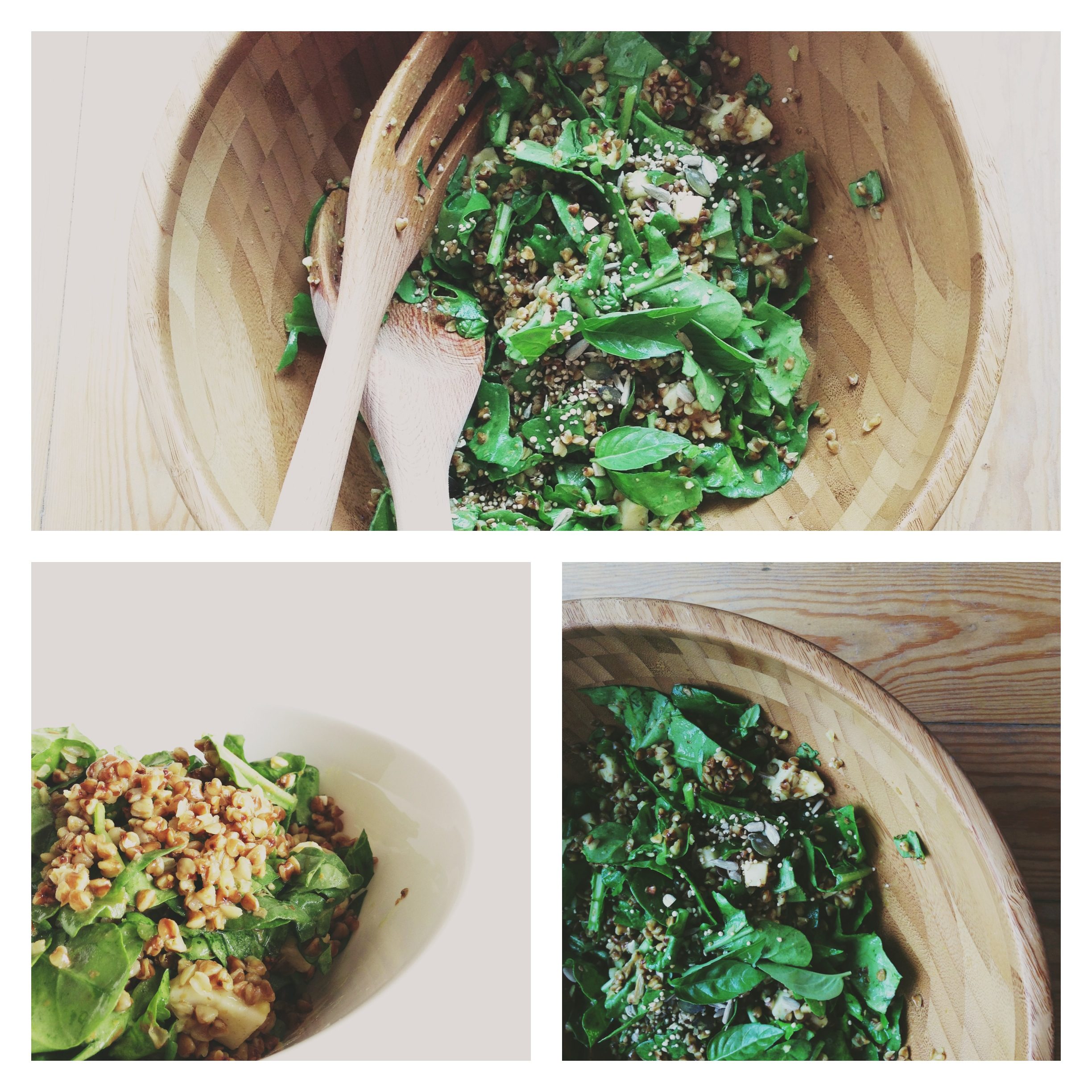
Millet (grains, flour)
I hope you’ll fall in love with buckwheat, but even more, I hope you’ll fall in love with millet too. Those tiny, unimposing, pale grains blow me away over and over again. I kind of regret not taking notice of it earlier. Millet is the most ancient of all grains. Already 10 thousand years ago people produced flat bread from millet. This delicious grain is a universal remedy as it helps prevent gallstones, breast cancer, childhood asthma and more. Some say hulled millet is inferior to unhulled browntop millet. However, like many other things it’s hard to come by unhulled browntop millet here in Istanbul. But I will try to get hold of some during our stay in Berlin see what the differences may be.
Oatmeal (groats, flour)
I’m guessing most of you are familiar with oatmeal. It is a well known source of fiber and protein, stabilizes blood sugar, while making you feel full for a prolonged period of time. While oat groats can be turned into a warming and filling porridge in the morning, oat flour has similar baking properties to wheat flour. I already tested some oat flatbread recipes and hope to share the winner of this experiment with you soon.
Chia seeds
I know, I know, I’m quite late on this one. You are all well aware of chia seeds being a fructose free superfood. It took me a while to get my hands on a pack of them though. Being rich in omega-3 fats and fiber, while tasteless, they are an easy way for us to add color and crunch to our meals. A few tablespoons each day in whatever meal you have at hand should do the trick.
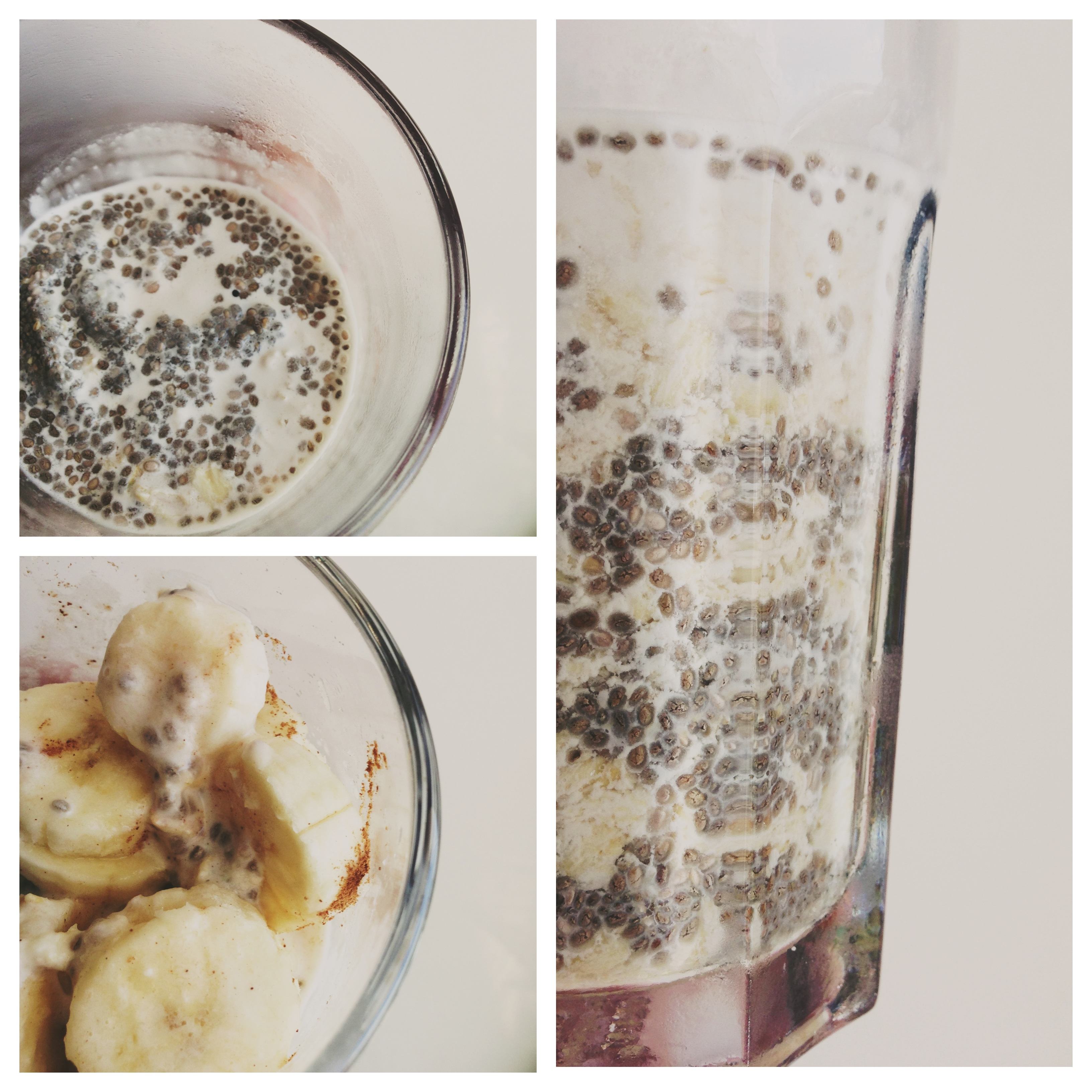
Spelt (flour)
Before you start complaining, yes, I know, spelt is not gluten free. But it is supposed to be well tolerated when suffering from fructose malabsorption. Spelt is an excellent source of manganese, and a good source of magnesium and zinc. Unfortunately I couldn’t even find an entry for spelt in my Turkish-English dictionary let alone a translation. That’s why I can’t wait to stop by one of the numerous organic bakeries in Berlin to check out their spelt goods. *Update: Read about the result here.
Besides the above listed new ingredients I introduced a few more spices and herbs to my cooking. My new favorite flavor boosters are nigella seeds and cardamom, but also exotic birds such as turmeric and bee pollen, which significantly increase the health benefits of your food.
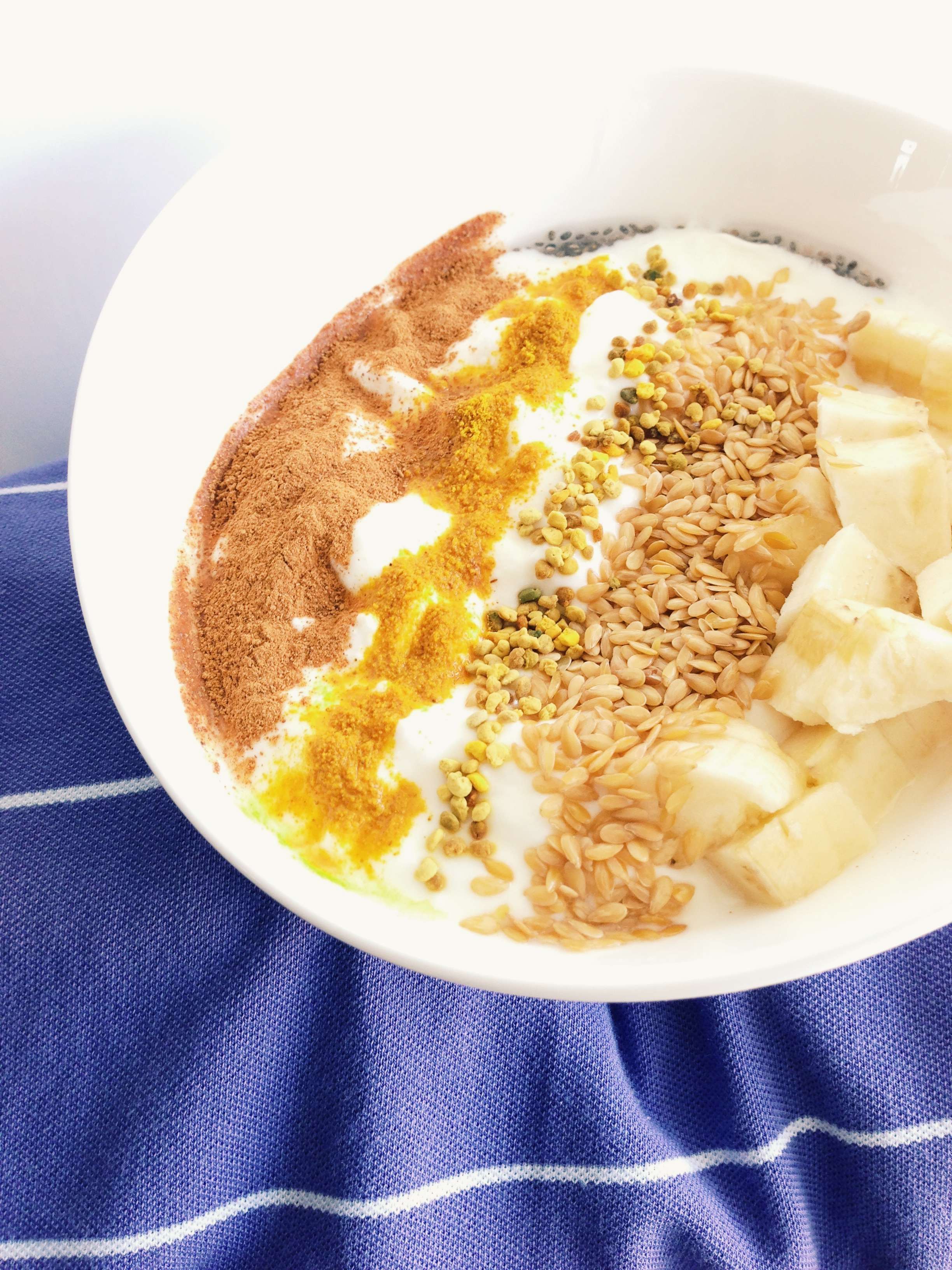
Turmeric
Some call it a magic cure. Turmeric supports the natural detoxification of your body, improves digestion, is of high value in arthritis treatment and more. I usually add turmeric to salads, cooked buckwheat or scrambled eggs, but have also tried it with yoghurt. It simply fits everywhere.
Bee pollen
I stumbled across these atomic wonders of nature via Instagram a while ago. Before that I didn’t it even know something like this existed, was edible and could even be added to top off your yoghurt, smoothies or sugar-free chocolate mousse. Bee pollen are very high in protein, include all 22 amino acids, help you digest your food (always a plus for fructose malabsorptioners), while serving as a natural antihistamine and relief from allergies. If you haven’t tasted these granules yet, imagine eating a flowery meadow (that’s what I think they taste like). Go to your local beekeper or health store right now and check them out!
P.s. Follow me on Instagram to see more of my latest experiments on gluten-free cooking. Hope to share some of those recipes with you as soon as I’m finished tweaking and working out any remaining perks!
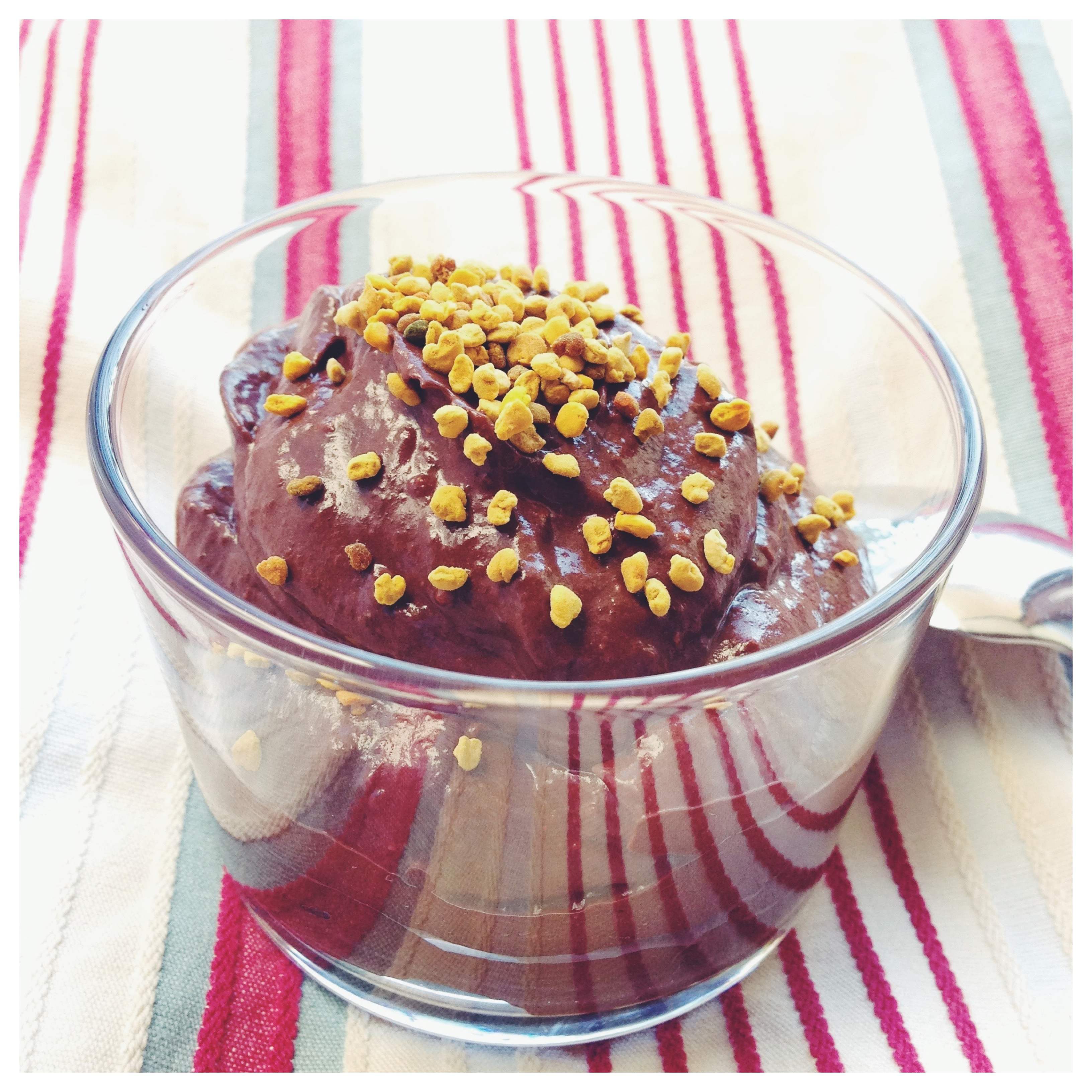
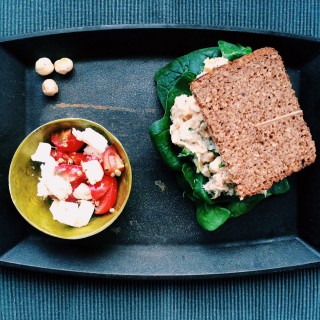
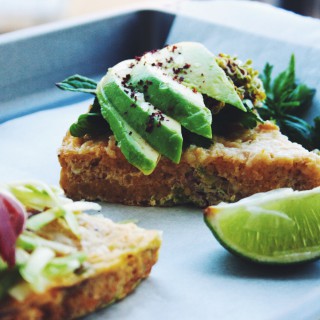
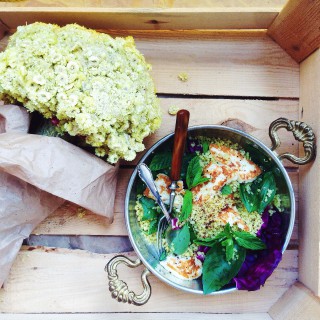
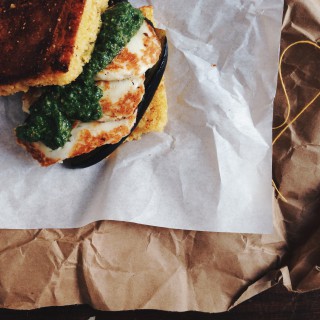
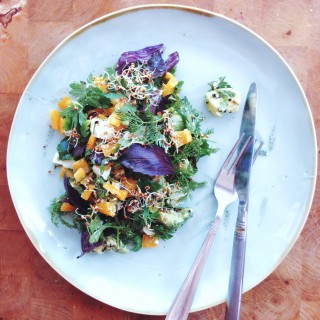
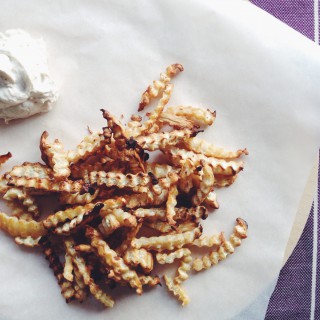
Hallo liebe Denise, vielen Dank für Deine Berichte! Ich habe sie heute aufgrund Entzugserscheinungen vom Gluten (und von Milchprodukten und Eiern) gefunden – ich hatte mich gewundert, dass soviel aus den Stirn- und Nebenhöhlen abfliesst und ich mich schwach auf den Beinen fühlte.
Jetzt komm ich schon durch durch diese Phase und es lacht und singt in mir. Von wegen Weizen oder Milch macht glücklich, das ist gar kein Vergleich zu dem neuen inneren Gefühl. Habe allerdings auch Kakao – nur schwach entölt und mit Wasser und etwas Kokosmilch und Honig angerührt in meine Ernährung integriert, wärmt und sättigt auch.
Die Idee mit den Blütenpollen hat mich daran erinnert, dass ich vor einiger Zeit die gehörte Empfehlung weitergegeben habe, Heuschnupfen mit REGIONALEM Honig zu heilen. Bei den Blütenpollen aus der Sierra Morena von amazon denk ich nun Möglichkeiten zu finden, REGIONALE Blütenpollen zu essen und
evtl. als “Fertigprodukt” lagern und evtl. sogar auf dem “Markt” anbieten zu können.
Unsere Freunde aus der “Altsteinzeit” kannten sich darin sicher aus und damit ist es auch ein Thema für die Paleo-Ernährung, welche ich als hilfreichen Ansatz für mich gefunden habe.
Konntest Du Dich auch schon mit dem Paleo-Gedanken zusammensetzen?
Und mit dem Wissen von essbaren Wildpflanzen der Region? Wildgemüse enthält sogar laut Angaben der VerbraucherZentrale ein Vielfaches an Magnesium und anderen wichtigen Mineralien und Vitaminen. Von wildem Grünblatt kannst Du Spinat u.a. von machen und Salate damit und mit bunten Blüten anreichern.
Es ist auf jeden Fall eine vielfältige Pallette an Farben, Formen und neuen (wieder gefundenen) Genüssen!
Damit beschäftige ich mich schon seit einigen Jahren, können unser Wissen gerne kombinieren – vielleicht sogar als Buch?
Freue mich, von Dir zu hören!
Salam Aleikum und Liebe Grüße, Ariane
Liebe Ariane, ich freu mich tierisch für dich, dass du die erste harte Phase schon hinter dir hast und jetzt schon merkst wie gut es dir tut! Toll, dass du durch die Symptome durchgehalten hast. Ich war bei den Schwäche- und Erkältungserscheinungen auch kurz davor abzubrechen und hätte nie gedacht, wie heftig der Entzug wirklich sein kann.
Das Honig eine magische Wirkung hat, hab ich schon oft gehört, dass der regionale Honig um noch ein vielfaches besser geeignet ist hört sich super spannend an! Ich kenn mich da leider noch nicht wirklich aus und würd mich freuen mehr zu erfahren!
Tatsächlich ernähre ich mich quasi Paleo. Auf die meisten Lebensmittel, die dort weggelassen werden, verzichte ich ja eh schon 😉 Ich halte mich jedoch ungern an strikte Regeln und versuch immer lieber auf meinen Körper zu hören. Damit fahre ich mittlerweile richtig gut.
Ich freu mich bald wieder von dir zu hören! Deniz
Liebe Deniz! Als betroffene “Fruktose-Intolerante” frage ich mich, wie Honig in den Ernährungsplan paßt. Meine Ärzte haben mir alle geraten zuerst einmal auf Äpfel, Birnen, Dörrobst und Honig zu verzichten. Ich vertrage ihn auch überhaupt nicht (leider).
Kannst du mir auch vielleicht einen Hinweis geben, warum ich zum Beispiel normales Bier vertrage, auf alkoholfreies Bier allerdings extrem reagiere? Im Übrigen bin ich sehr beeindruckt von deiner Seite. lg, aus Österreich, Andrea
Hach du Liebste! Tausend Dank für dein Lob!!
Zum Honig: Honig enthält leider sehr viel Fructose und sollte erstmal vermieden werden. Im Gegensatz zu Zucker und andern Süßungsmitteln hat guter Honig jedoch auch wahnsinnig viele gute Eigenschaften und sogar eine antimikrobielle Wirkungen bei Entzündungen. Bevor du also zum normalen Zucker greifst würd ich dir auf jeden Fall lieber zum Honig raten. Versuchs doch am besten mal in kleinen Mengen. Aber nicht vergessen, wenn du am gleichen Tag viele andere Lebensmittel mit Fructose oder Süßigkeiten isst, kann schon ein kleiner Löffel das Faß zum überlaufen bringen…
Das mit dem alkoholfreien Bier ist super interessant. Ich hab bei meiner Blitzrecherche das hier gefunden “Da die gestoppte Gärung sowie das Kältekontakt [bei der Herstellung von alkoholfreiem Bier] viel mehr Restzucker entstehen lassen als bei einer normalen Gärung, tendieren diese Getränke dazu, einen eher süßlichen Charakter zu haben.” https://www.hopfenhelden.de/alkoholfreies-bier/ Vielleicht ist das des Rätsels Lösung?
Liebe Grüße, Deniz